Home>Articles>How To Remove Power Steering Fluid From A Driveway
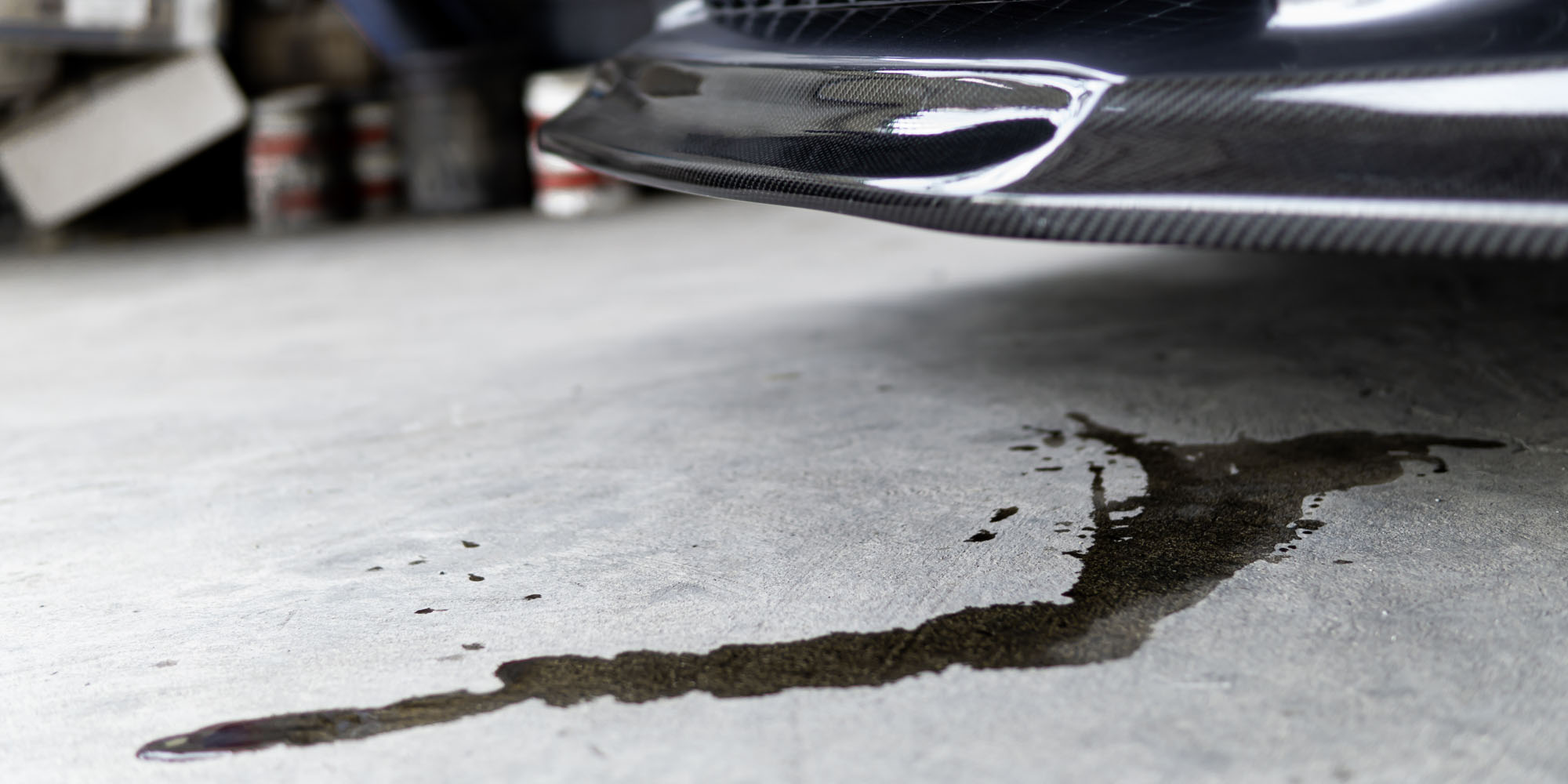

Articles
How To Remove Power Steering Fluid From A Driveway
Modified: February 23, 2024
Learn how to remove power steering fluid from your driveway with our informative articles.
(Many of the links in this article redirect to a specific reviewed product. Your purchase of these products through affiliate links helps to generate commission for Storables.com, at no extra cost. Learn more)
Introduction
Welcome to our comprehensive guide on how to remove power steering fluid from your driveway. Accidents happen, and sometimes power steering fluid can leak or spill onto your driveway, leaving unsightly stains. Not only can these stains be an eyesore, but they can also pose safety hazards and potentially damage the surface of your driveway if left untreated.
In this article, we will walk you through the step-by-step process of removing power steering fluid from your driveway, ensuring a clean and stain-free surface. We will also discuss the importance of safety precautions and provide you with a list of tools and materials you will need for the task.
Whether you accidentally spilled power steering fluid while working on your car or your vehicle has a leak, we have you covered. By following our instructions, you can restore your driveway to its original pristine condition and prevent any further damage. Let’s dive in and learn how to eliminate those pesky power steering fluid stains once and for all!
Key Takeaways:
- Promptly absorb power steering fluid spills using absorbent materials like kitty litter to prevent stains from spreading and causing long-term damage to your driveway. Safety precautions and proper disposal are crucial for effective cleanup.
- Utilize a combination of degreaser application, scrubbing, and power washing to effectively remove stubborn power steering fluid stains, ensuring a clean and hazard-free driveway. Prioritize safety, thorough cleanup, and responsible waste disposal.
Read more: How To Remove Snow From A Driveway
Understanding Power Steering Fluid
Before we delve into the process of removing power steering fluid from your driveway, it’s important to understand what power steering fluid is and why it can leave persistent stains. Power steering fluid is a hydraulic fluid used in vehicles equipped with power steering systems. It aids in reducing steering effort by transmitting pressure from the steering pump to the steering gear or rack, allowing for smoother and easier steering.
Power steering fluid is typically red or amber in color and has a distinct smell. It is composed of various additives, such as detergents and anti-wear agents, to ensure smooth operation and protect the internal components of the power steering system.
When power steering fluid comes into contact with your driveway, it can leave stubborn stains. The fluid contains oil-based compounds that can penetrate into the pores of the concrete or asphalt and bond with the surface. Over time, these stains can become unsightly and difficult to remove.
It’s worth noting that power steering fluid stains can also attract dirt and grime, further exacerbating the problem. If left untreated, these stains can seep into the surface and cause long-term damage to your driveway.
Now that we have a basic understanding of power steering fluid let’s explore the risks and concerns associated with power steering fluid stains on your driveway.
Risks and Concerns
While power steering fluid stains on your driveway may seem like a mere cosmetic issue, they can actually pose several risks and concerns if not addressed promptly. Here are some of the key concerns:
- Safety Hazards: Power steering fluid is slippery, and its presence on your driveway can create a hazardous environment, especially when wet. This increases the risk of slips and falls, potentially causing injuries to yourself, your family, or visitors to your property.
- Deterioration of the Driveway: Power steering fluid contains substances that can break down and weaken the surface of your driveway over time. This can lead to cracks, potholes, and other forms of damage, requiring costly repairs or even a full driveway replacement.
- Unsightly Appearance: Power steering fluid stains can be an eyesore, detracting from the overall curb appeal of your home. If you take pride in maintaining a clean and well-maintained property, these stains can be a constant source of frustration.
- Environmental Impact: Power steering fluid is not environmentally friendly and can be harmful to plants and wildlife if it seeps into the ground or enters local waterways. It is crucial to clean up any spills or leaks properly to protect the environment.
It’s important to address power steering fluid stains on your driveway promptly to mitigate these risks and concerns. By following the steps outlined in this guide, you can safely and effectively remove the stains, ensuring a clean and hazard-free driveway.
Now that we understand the risks and concerns associated with power steering fluid stains, let’s move on to the tools and materials you will need to tackle this task.
Tools and Materials Needed
Before you begin removing power steering fluid stains from your driveway, you’ll need to gather the necessary tools and materials. Having them on hand will make the process smoother and more efficient. Here’s a list of what you’ll need:
- Protective Gear: It’s essential to prioritize your safety. Wear gloves, safety goggles, and protective clothing to shield yourself from any potential hazards.
- Absorbent Material: You’ll need absorbent materials such as kitty litter, sawdust, or commercial spill absorbents to soak up as much of the spilled power steering fluid as possible. These materials will help prevent the fluid from spreading further and minimize the stain’s size and depth.
- Degreaser: Choose an environmentally-friendly, oil-based degreaser specifically designed for removing automotive stains. Look for products that are safe for use on concrete or asphalt surfaces.
- Scrub Brush: A stiff-bristled scrub brush will aid in scrubbing and removing the power steering fluid stains from your driveway. Look for a brush with durable bristles that can withstand vigorous scrubbing.
- Power Washer: If you have access to a power washer, it can significantly assist in removing stubborn stains and residue from your driveway. Make sure to adjust the pressure according to the surface type to avoid causing damage.
- Bucket: A bucket will be useful for mixing the degreaser with water and for carrying water to rinse off the driveway.
- Water Hose: You’ll need a garden hose or water hose to rinse off the degreaser and leftover power steering fluid stains.
- Broom or Leaf Blower: To ensure a thorough cleanup, a broom or leaf blower can help sweep away any remaining dirt or debris from the driveway surface.
- Disposal Container: Prepare a suitable container to collect and properly dispose of any used absorbent material or waste fluids, following local regulations.
Once you have gathered all the necessary tools and materials, you’re ready to move on to the step-by-step process of removing power steering fluid stains from your driveway. But before we do that, it’s crucial to take some safety precautions to ensure the task is done safely and effectively. Let’s move on to step 1.
Step 1: Safety Precautions
Before you begin removing power steering fluid stains from your driveway, it’s essential to prioritize safety. Follow these safety precautions to protect yourself and ensure a safe working environment:
- Wear Protective Gear: Put on gloves, safety goggles, and appropriate clothing to protect your skin and eyes from any potential hazards. Power steering fluid can be irritating to the skin and harmful if it comes into contact with your eyes.
- Ventilate the Area: If you’re working in an enclosed space or lack proper ventilation, consider opening doors or windows to allow fresh air to circulate. This will minimize your exposure to any fumes that may be emitted by the degreaser or power washing process.
- Secure the Work Area: Ensure that the work area is clear of any obstacles or tripping hazards. Move vehicles or any other items that may interfere with your workspace to a safe distance away from the area being treated.
- Seal Storm Drains: If there are storm drains nearby, consider sealing them temporarily to prevent any spills or runoff from entering the drainage system. This will help prevent any potential contamination of local waterways.
- Read Instructions: Carefully read and follow the instructions and safety guidelines provided by the degreaser manufacturer. Some degreasers may have specific handling instructions or precautions you should be aware of.
By taking these safety precautions, you can minimize any potential risks and ensure a safe working environment. Once you have taken the necessary safety measures, you’re ready to move on to the next step: absorbing the spilled power steering fluid.
Use cat litter or sawdust to absorb the power steering fluid from the driveway. Sprinkle it over the spill, let it sit for a few hours, then sweep it up and dispose of it properly.
Step 2: Absorbing the Spilled Fluid
Now that you have taken the necessary safety precautions, it’s time to start absorbing the spilled power steering fluid from your driveway. Follow these steps to effectively remove as much fluid as possible:
- Act Quickly: The sooner you start the cleanup process, the easier it will be to absorb the spilled fluid. Power steering fluid can seep into the pores of the concrete or asphalt, making it harder to remove if left for an extended period.
- Spread Absorbent Material: Sprinkle an ample amount of absorbent material, such as kitty litter, sawdust, or commercial spill absorbent, directly onto the spilled power steering fluid. Make sure to cover the entire affected area.
- Press and Let Sit: Use a broom or the back of a shovel to gently press the absorbent material into the power steering fluid. This will help the material soak up as much of the fluid as possible. Allow the absorbent material to sit on the stain for about 15-30 minutes to allow it to absorb the fluid effectively.
- Sweep or Scoop: After the absorbent material has had time to absorb the power steering fluid, use a broom or shovel to sweep or scoop it up. Dispose of the soiled absorbent material in a proper container for disposal.
- Inspect and Repeat if Necessary: Inspect the area to ensure that the majority of the power steering fluid has been absorbed. If there are still visible fluid remnants, repeat the process by adding fresh absorbent material and repeating the steps above.
Remember to handle the soiled absorbent material carefully and dispose of it following local regulations. By promptly absorbing the spilled power steering fluid, you can minimize the stain and prevent it from spreading further. Once you have completed this step, it’s time to move on to step 3: using a degreaser to treat the remaining stain.
Step 3: Using a Degreaser
After absorbing the majority of the power steering fluid from your driveway, it’s time to treat the remaining stain using a degreaser. Here’s how to effectively use a degreaser to remove the stubborn stain:
- Mix the Degreaser: Follow the manufacturer’s instructions to properly mix the degreaser with water, typically in a bucket. The recommended dilution ratio may vary, so refer to the product label for guidance.
- Apply the Degreaser: Pour or spray the degreaser mixture directly onto the power steering fluid stain, ensuring complete coverage. Use a brush or broom with stiff bristles to scrub the degreaser into the stain. Make sure to work the solution into the surface of the driveway, breaking down the stain.
- Allow Dwell Time: Let the degreaser sit on the stain for the recommended dwell time as specified by the product instructions. This will allow the degreaser to penetrate and break down the power steering fluid residue. The dwell time may vary depending on the product, so be sure to follow the instructions carefully.
- Scrub and Agitate: Use the scrub brush or broom to vigorously scrub the stained area, applying pressure to lift and loosen any remaining power steering fluid residue. Move the brush in circular motions or back and forth to ensure thorough agitation.
- Rinse with Water: Once you have thoroughly scrubbed the stained area, use a water hose or pressure washer to rinse off the degreaser and residue. Start from the highest point of the driveway and work your way down, ensuring that all the degreaser is thoroughly rinsed off.
- Inspect and Repeat if Needed: After rinsing, inspect the area to assess if any traces of the stain remain. If necessary, repeat the degreaser application and scrubbing process until the stain is completely removed.
Remember to follow the manufacturer’s instructions for the specific degreaser you are using. Some degreasers may require additional steps or specific precautions, so it’s essential to read and follow the provided guidelines.
Once you are satisfied with the removal of the power steering fluid stain, it’s time to move on to step 4: power washing the driveway to ensure a thorough clean.
Step 4: Power Washing the Driveway
Now that you have treated the power steering fluid stain with a degreaser and thoroughly scrubbed the area, it’s time to power wash the driveway to remove any remaining residue and ensure a thorough clean. Follow these steps to effectively power wash your driveway:
- Select the Appropriate Attachment: Choose a power washer attachment suitable for cleaning concrete or asphalt surfaces. This will help prevent any potential damage to the driveway.
- Adjust the Pressure: Set the pressure of the power washer according to the type of surface you are working on. Avoid using excessive pressure, which can cause damage to the driveway. Start with a lower pressure setting and gradually increase if necessary.
- Start from the Top: Begin power washing at the highest point of your driveway and work your way down. This will ensure that any dirt, debris, or remaining residue from the power steering fluid stain is washed away effectively.
- Overlap and Move in Sections: As you power wash, make sure to overlap each pass to ensure thorough cleaning. Move in sections, systematically working your way across the entire driveway.
- Pay Attention to Stains: While power washing, pay extra attention to any areas that still show remnants of the power steering fluid stain. Focus on those areas and give them additional attention to ensure complete removal.
- Rinse Thoroughly: Once you have power washed the entire driveway, thoroughly rinse the surface with clean water. This will remove any loosened residue and ensure a clean and fresh look.
Keep in mind that power washing can be a powerful tool, so exercise caution and avoid directing the jet of water at nearby objects or delicate surfaces. Also, be sure to follow any additional safety precautions or instructions provided by the manufacturer of your power washer.
With step 4 completed, you’re almost finished! The final step involves cleaning up fully and disposing of any remaining fluid properly.
Step 5: Final Cleanup and Disposal of Fluid
Congratulations! You’re in the final step of removing power steering fluid from your driveway. Now, let’s focus on the final cleanup and proper disposal of any remaining fluids. Follow these steps to complete the process:
- Rinse the Driveway: After power washing, thoroughly rinse the entire driveway with clean water to remove any residual degreaser or loosened debris.
- Sweep or Use a Leaf Blower: Use a broom or leaf blower to sweep away any loose dirt, debris, or leftover absorbent material from the driveway surface.
- Inspect for Remaining Stains: Take the time to inspect the entire driveway for any remaining power steering fluid stains. If you notice any stubborn stains, you can repeat the degreasing and power washing process on those specific areas until they are eliminated.
- Properly Dispose of Fluid and Waste: Collect any soiled absorbent material, leftover degreaser, or waste fluids and dispose of them according to local regulations. Contact your local waste management facility or environmental agency for guidance on proper disposal methods.
- Clean and Store your Tools: Clean any brushes, brooms, or other equipment used during the cleanup process. Store them in a safe and dry place for future use.
By following these final cleanup steps, you can ensure that your driveway is spotless and that all waste materials and fluids are disposed of responsibly.
With the completion of step 5, you have successfully removed power steering fluid stains from your driveway. Congratulations on your hard work! By taking prompt action and following these steps, you have restored your driveway to its original clean and stain-free condition.
Remember, it’s important to address any power steering fluid leaks or spills as soon as possible to prevent them from causing further damage or hazards. Regular maintenance of your vehicle’s power steering system can also help prevent future incidents. Take care of your driveway, and it will continue to enhance the curb appeal of your home for years to come.
We hope this comprehensive guide has been helpful in assisting you with the process of removing power steering fluid stains from your driveway. Thank you for reading, and happy driveway cleaning!
Conclusion
Removing power steering fluid stains from your driveway can be a challenging task, but with the right tools, knowledge, and a little elbow grease, it is definitely achievable. By following the step-by-step guide outlined in this article, you can effectively eliminate those stubborn stains and restore your driveway to its original pristine condition.
We started by understanding what power steering fluid is and the risks and concerns associated with its presence on your driveway. We then discussed the tools and materials needed for the task, ensuring that you are well-prepared to tackle the cleanup process.
We walked through the step-by-step approach, starting with taking safety precautions, absorbing the spilled fluid, using a degreaser, power washing the driveway, and finally, completing the cleanup and proper disposal of waste materials and fluids.
By following each of these steps carefully, you can remove power steering fluid stains effectively and mitigate any potential risks associated with them. Not only will you improve the appearance of your driveway, but you will also ensure the safety of yourself, your family, and visitors to your property.
Remember, time is of the essence when it comes to power steering fluid stains. Acting quickly by promptly absorbing the spilled fluid and addressing the stains will yield better results and prevent further damage to your driveway.
We hope this guide has provided you with valuable insights and guidance for successfully removing power steering fluid stains from your driveway. With proper care and maintenance, you can keep your driveway looking clean and inviting for years to come.
Thank you for joining us on this journey to restore your driveway’s beauty and functionality. Happy cleaning!
Frequently Asked Questions about How To Remove Power Steering Fluid From A Driveway
Was this page helpful?
At Storables.com, we guarantee accurate and reliable information. Our content, validated by Expert Board Contributors, is crafted following stringent Editorial Policies. We're committed to providing you with well-researched, expert-backed insights for all your informational needs.
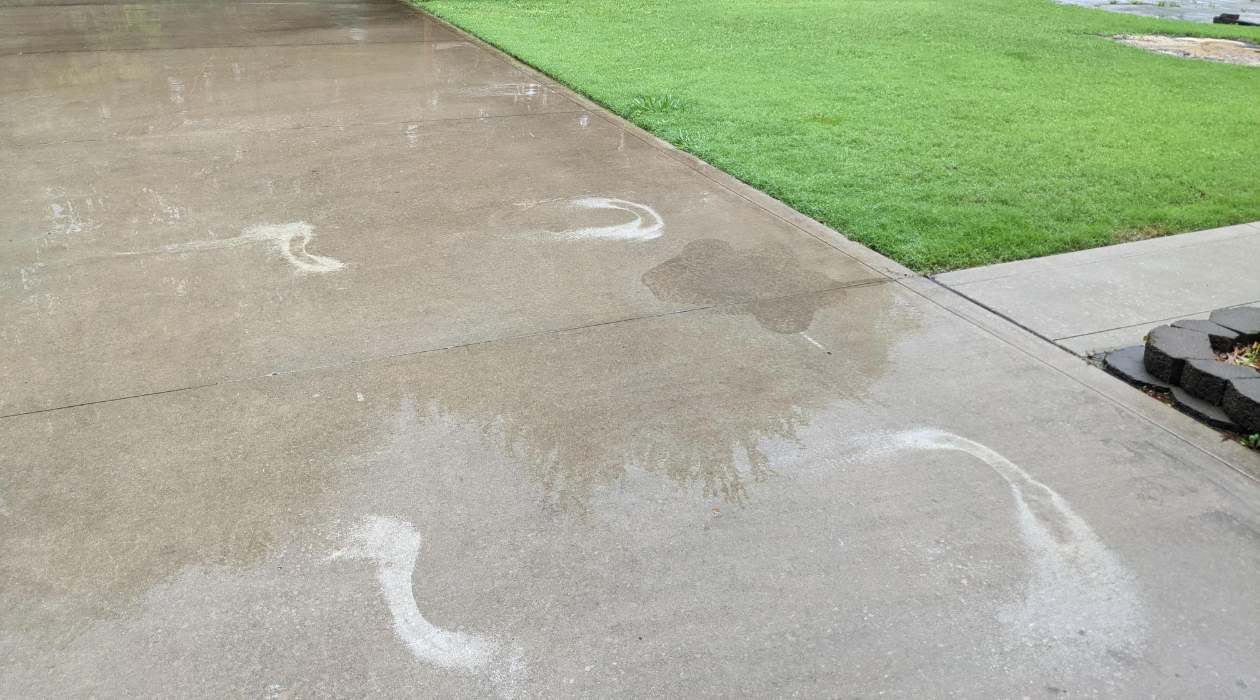
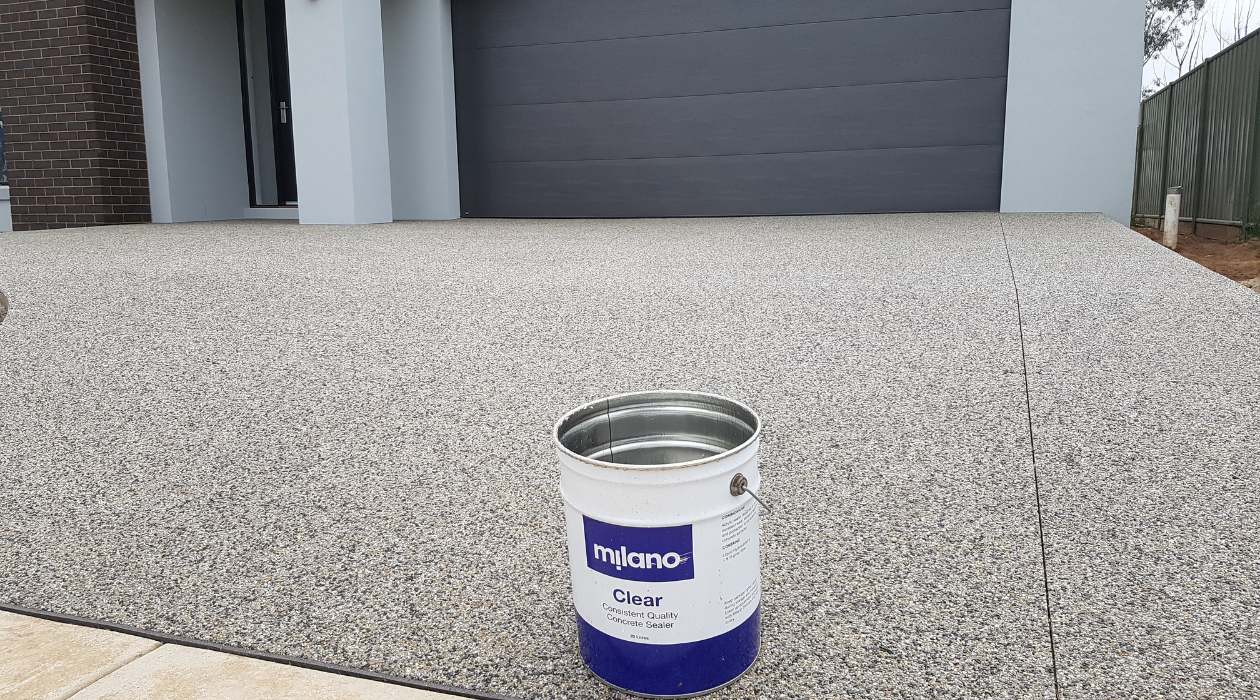
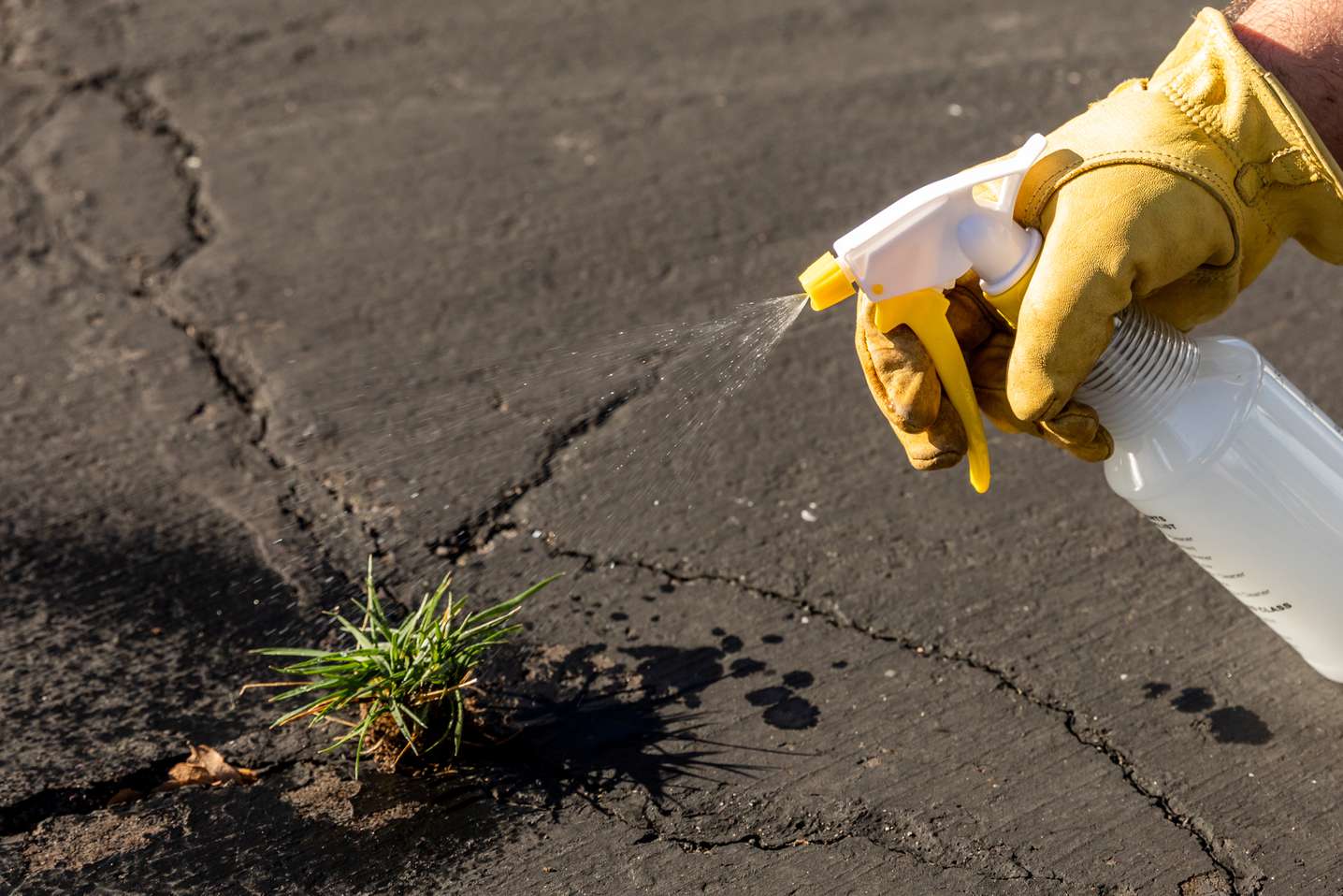
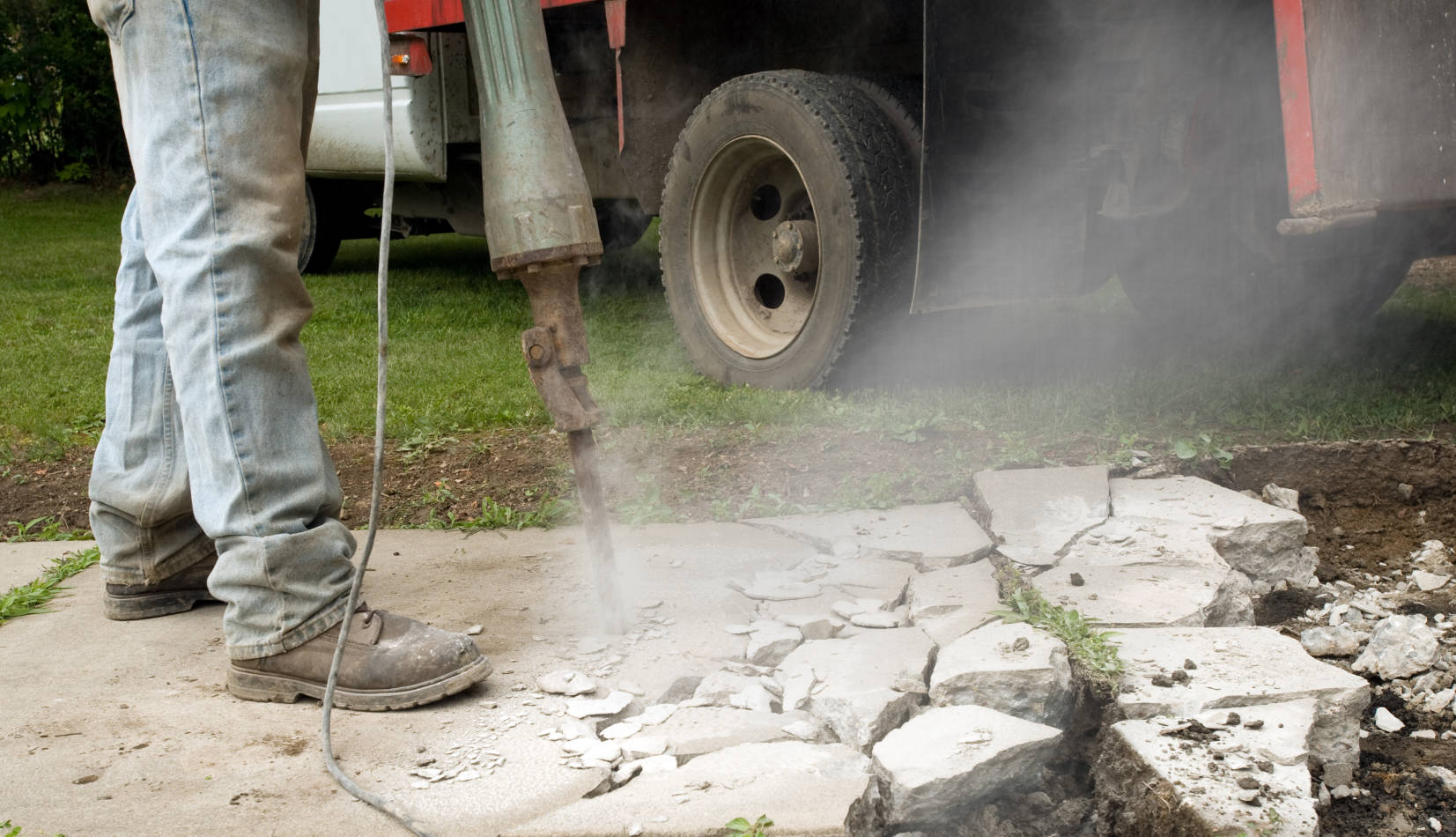
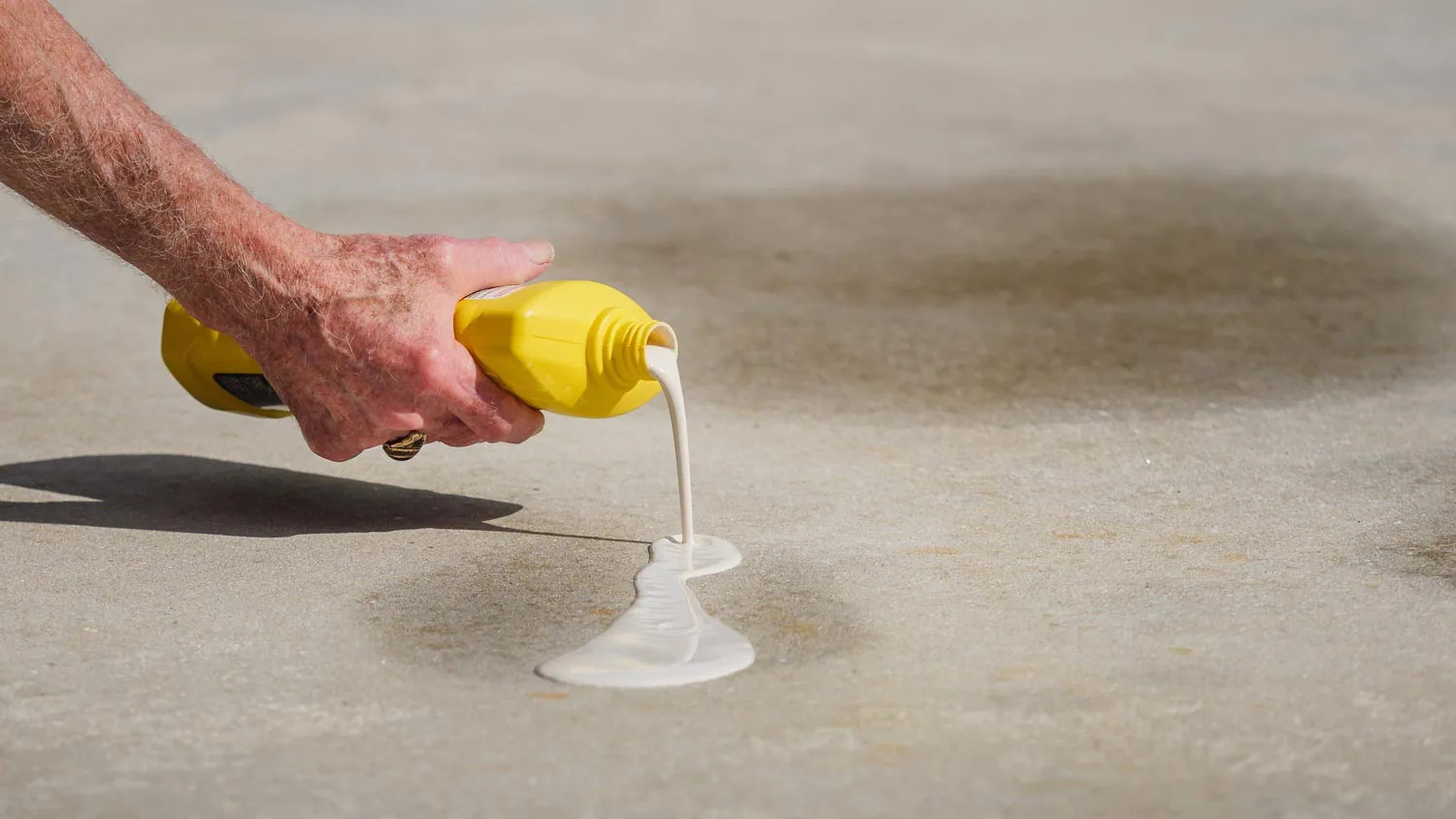
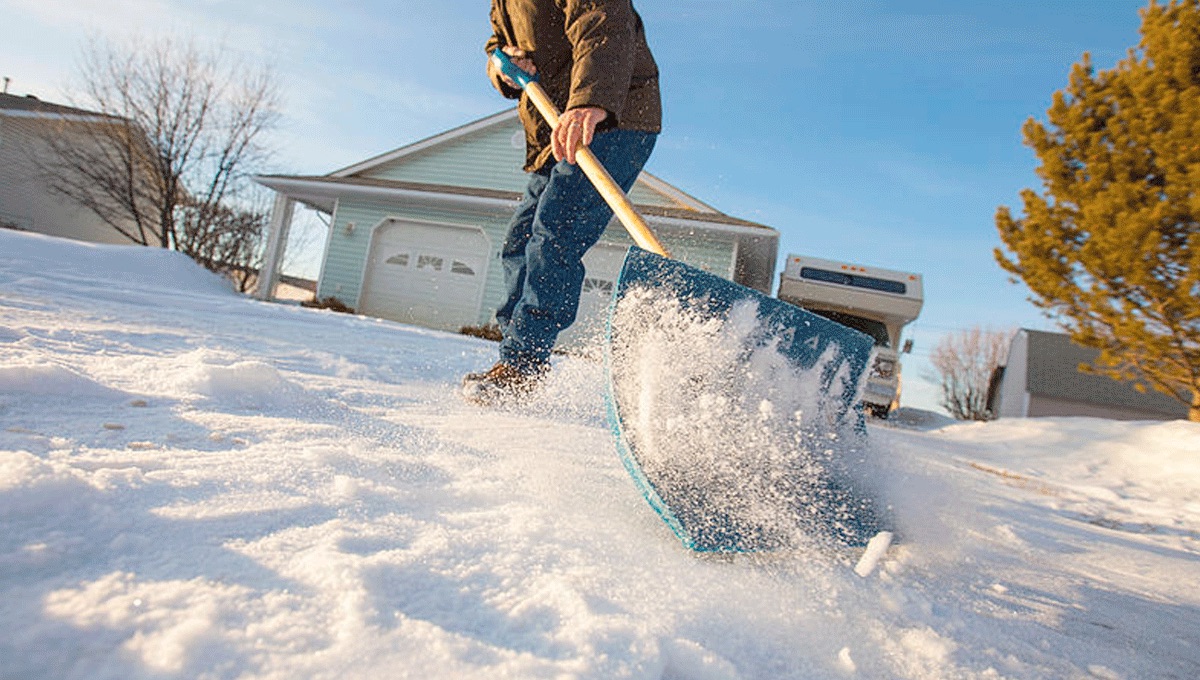
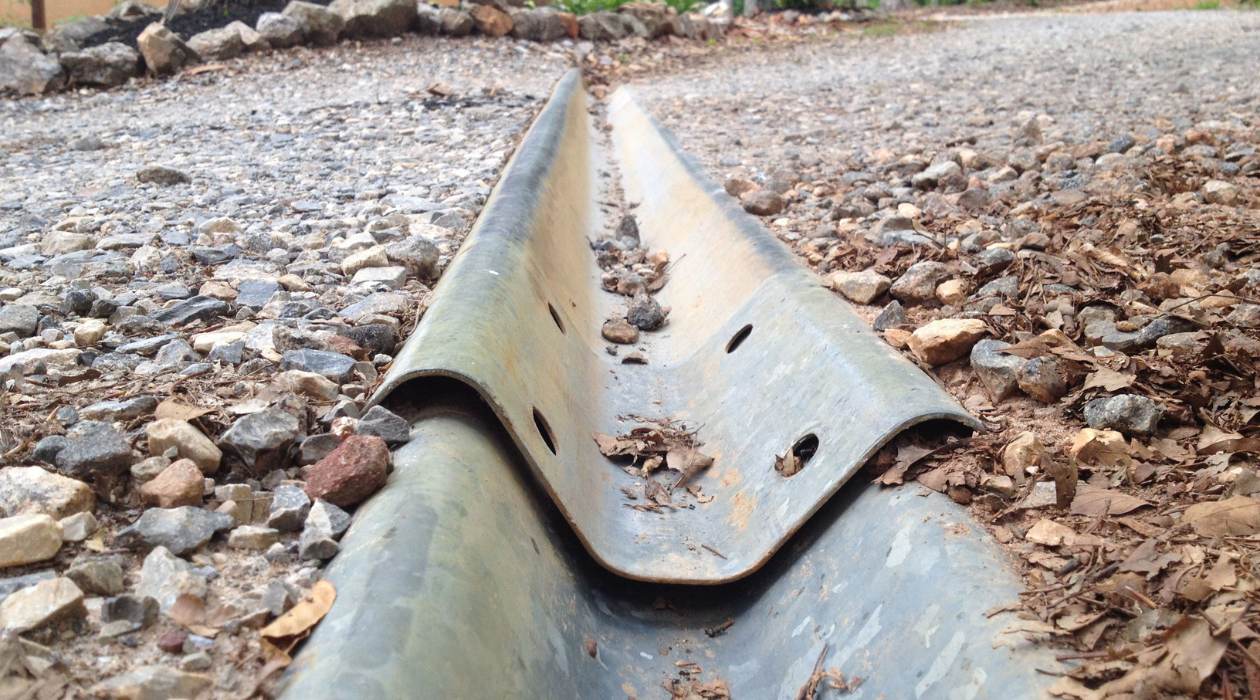
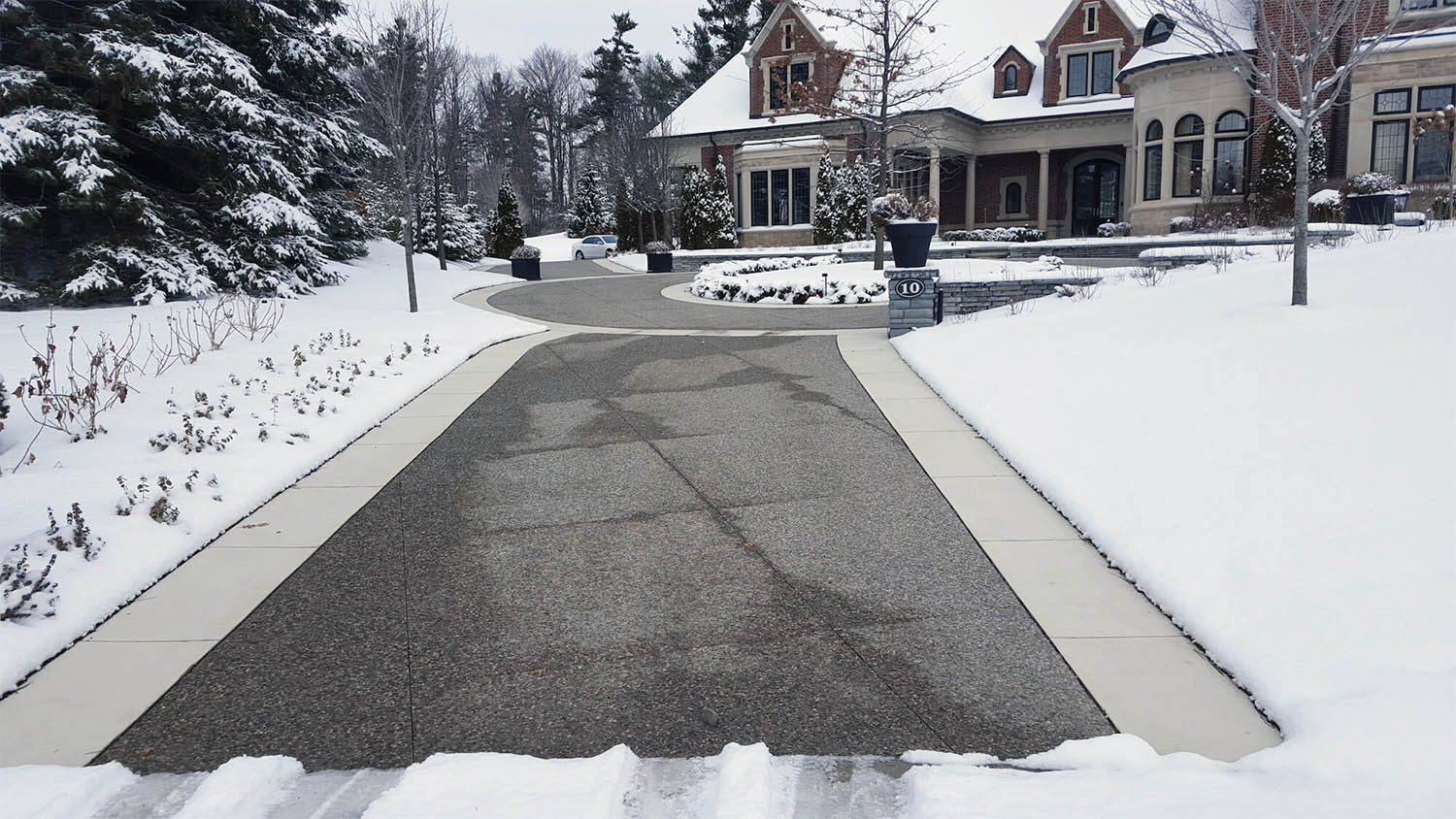
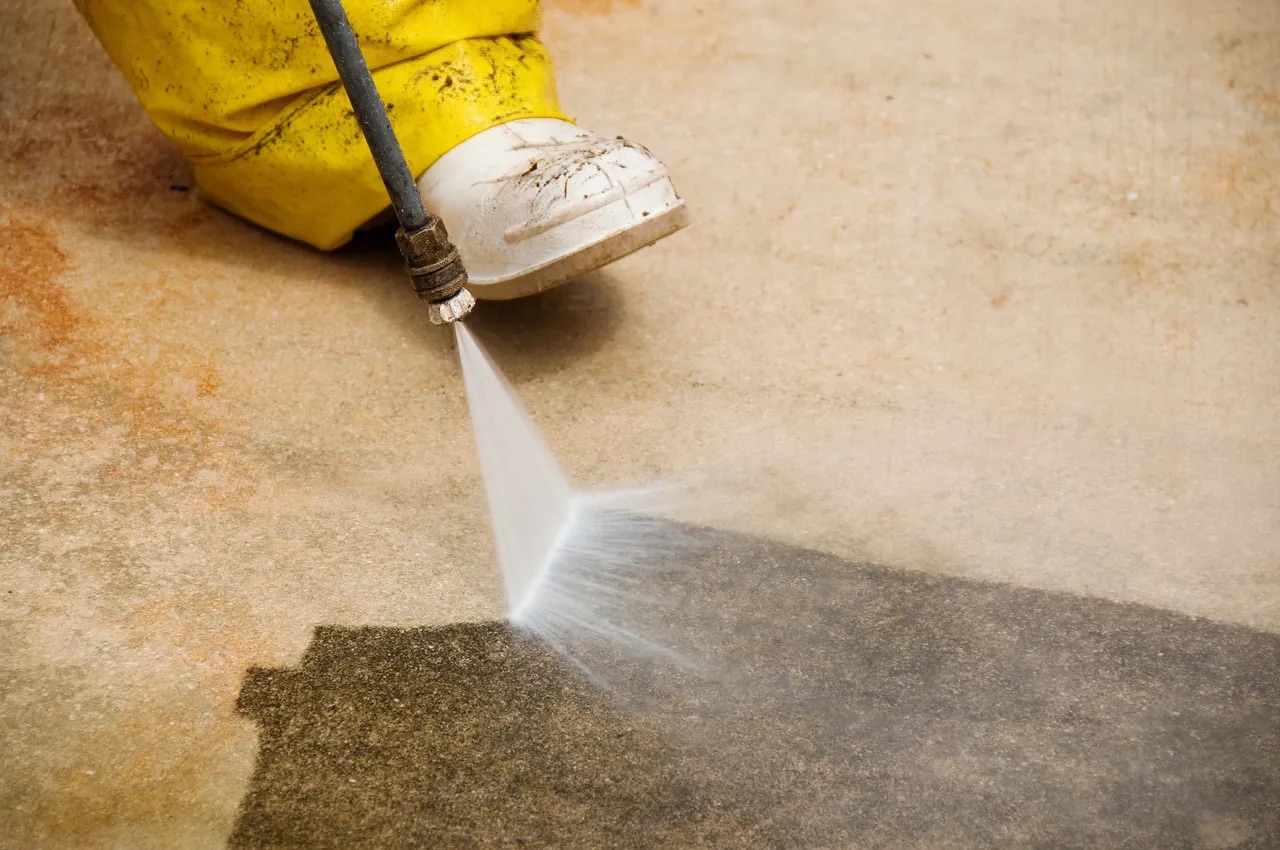
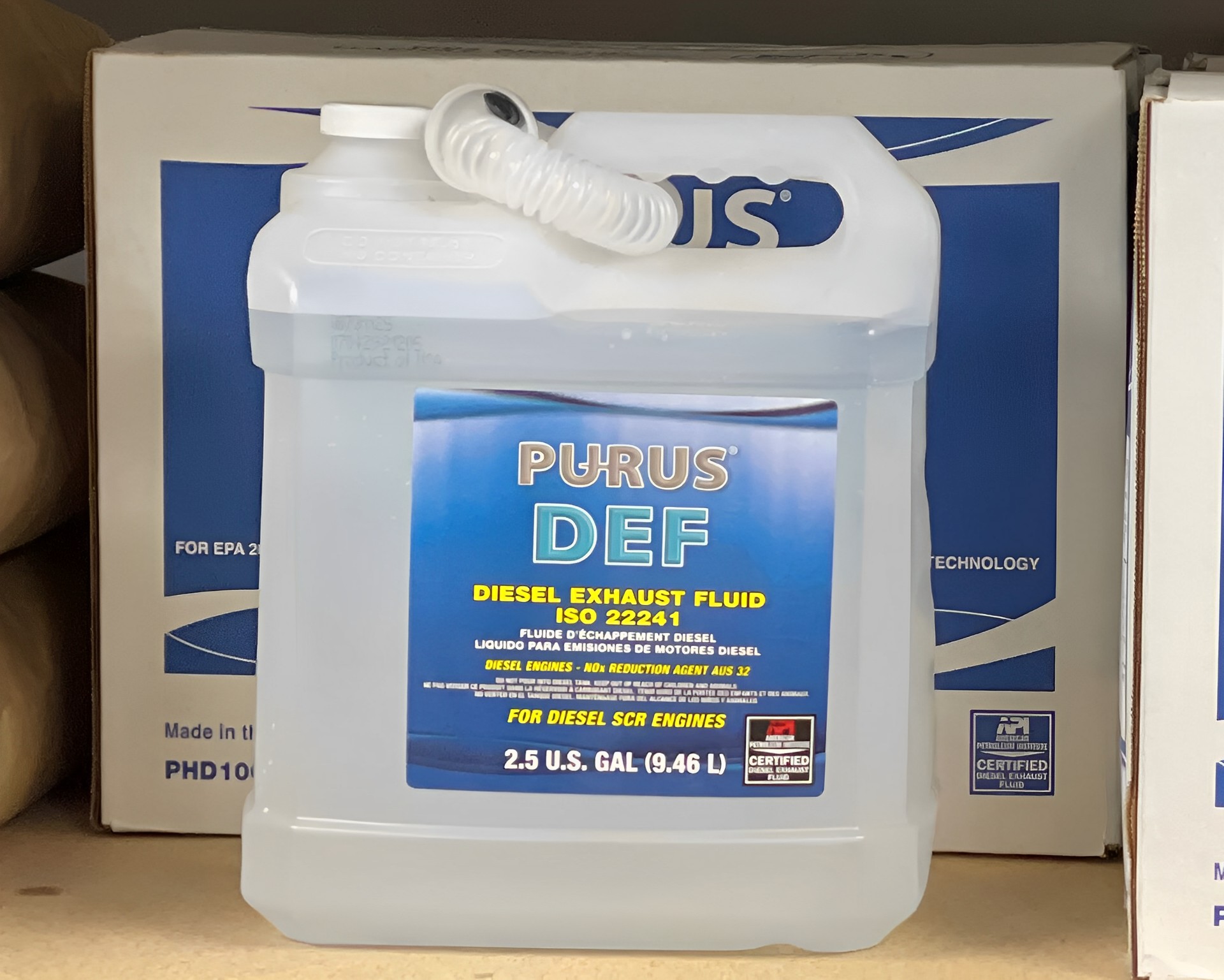
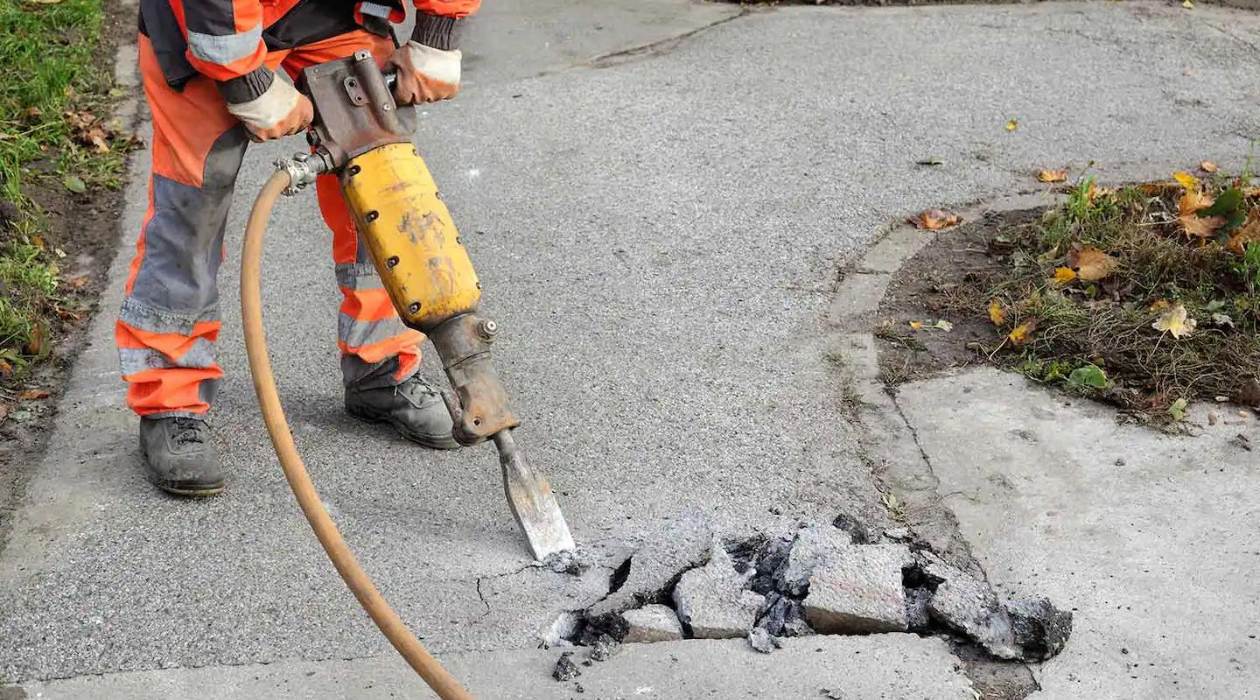
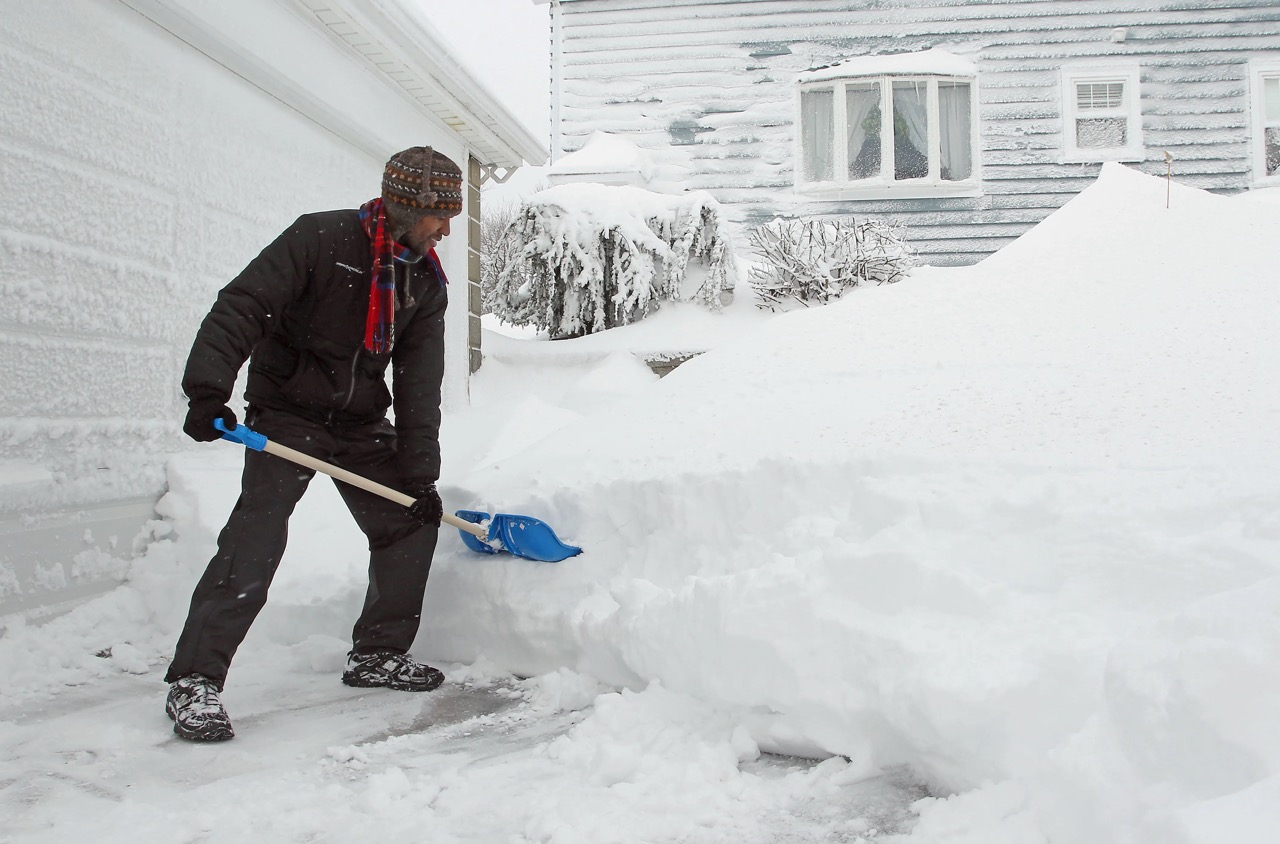
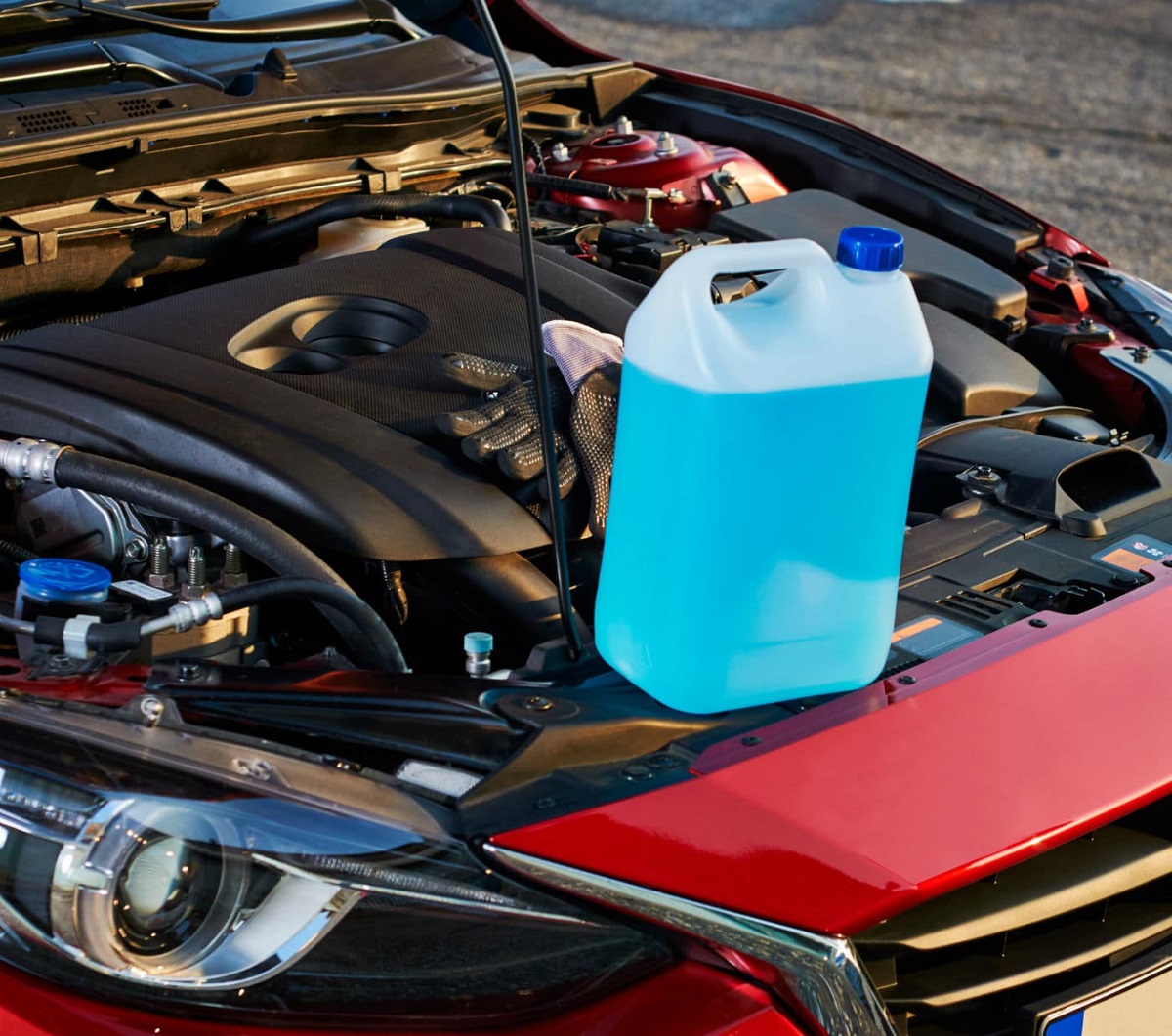

0 thoughts on “How To Remove Power Steering Fluid From A Driveway”